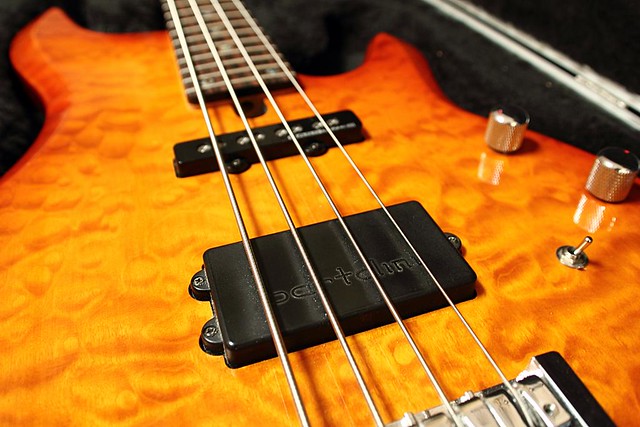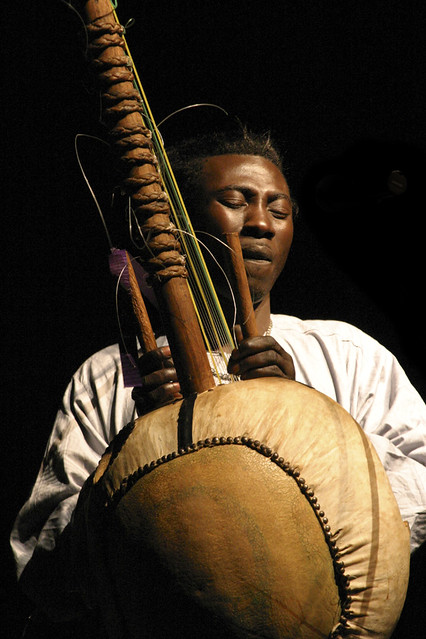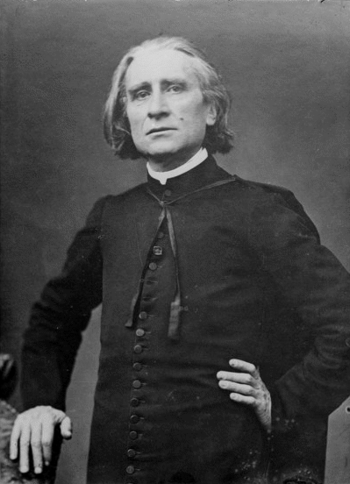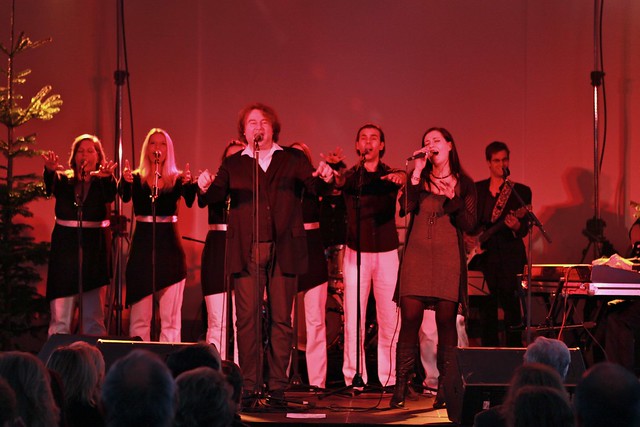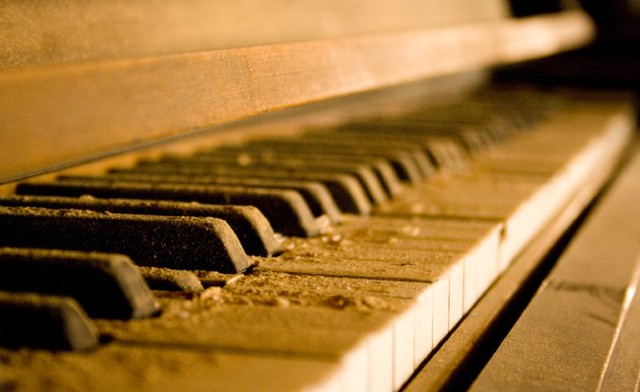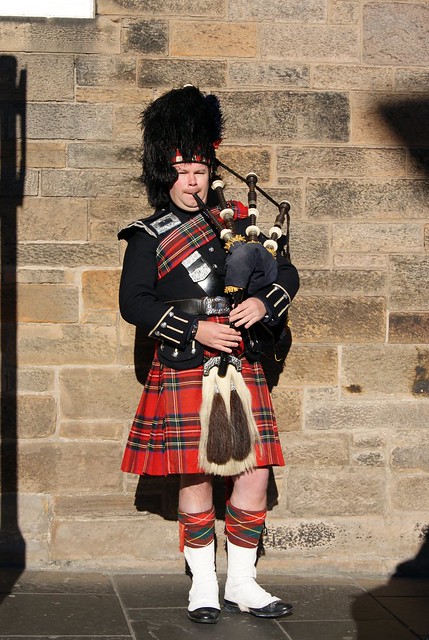 |
| 'Night Watch' (Photo credit: Wikipedia) |
However, in its defense, military music was mostly created to set the tone when soldiers marched into battle. It was not exactly meant to be used for easy listening. For such things, there was Bach and Beethoven and such. But what about military art? What about the many paintings requested by lords and kings to confirm their glory?
Fortunately, the situation here is a bit different. Paintings generally created to further enhance the reputation and legend of the depicted, but as a medium, it also offered more artistic freedom of expression. As such, paintings like Rembrandt's The Night Watch. With the full title of The Company of Frans Banning Cocq and Willem van Ruytenburch, the painting depicts a company moving out. As such, the painting has a clear military theme and yet, it is also counted among the clear masterpieces of Rembrandt.
But not all militarily related art is quite as masterful. Art has been used as part of propaganda throughout time, and e.g. the posters of the Third Reich are not considered art by even the most liberal. On the other hand, the posters created by Edward Hopper across the Atlantic might actually qualify.
But maybe the greatest militarily related art is not the art requested by the powers that be at all. Artists are products of their time, people of their era. As such, when actions of war are taking place around an artist, they will often comment on this through the only medium they really know Their Art. As such, some of the greatest militarily related art is actually comments on military acts rather than work commissioned by the military itself. In fact, some painters like Jack Wolfe based many of their works on such expressions of political opinions, as all actions of war are in the end political.
Of course, this leaves us with the clear conclusion that military influences do not ruin art the way some claim it affects music. The world of art seems safe, whether it is depicting or commenting on military acts. But then what could square art enough to qualify it for a doubtful comparison with military music? There are some that would claim that religion played that role, and indeed the influence of the church did take away from of the more sensual aspects of the world of art, compared to classic times. This lasted until the renaissance where the same classic art inspired new artists to regain the sensuality. However, while this lack of sensuality can at worst be said to be a temporary setback, it also completely forgets the amazing works fostered by the church. One only has to look at the ceiling of the sixteenths chapel or works like The Last Supper, and we are reminded of how much the world of art also owes to religion.
That probably leaves us with just totalitarian regimes to really limit artistic output and make it anything similar to military music. If the artistic expression is limited in such a way, if there is no freedom to define one's own expression, then art too can become bland and predictable. But sparing that, art reflects life and society and the times it is created in, and through this, helps us understand more about ourselves, no matter what the subject of the painting might be.
|

